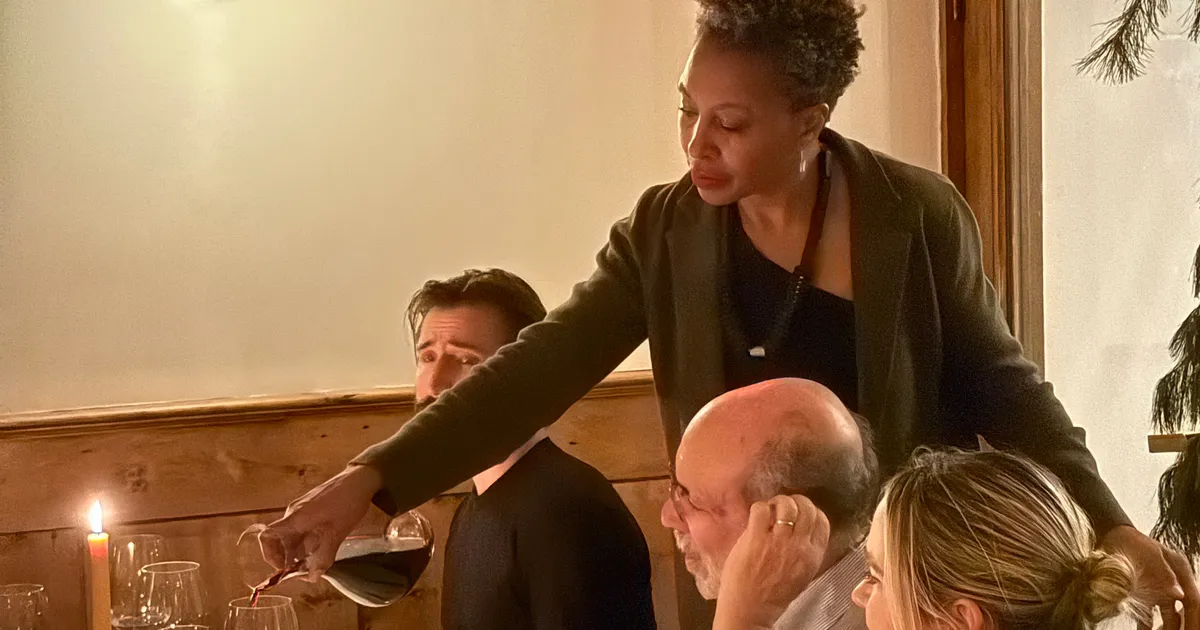Hosting a wine and food pairing dinner represents the pinnacle of sophisticated entertaining, where culinary artistry meets the nuanced world of wine appreciation. This elevated dining experience goes beyond simply serving good food and wine – it’s about creating harmonious flavor combinations that enhance both elements while providing guests with an educational and memorable evening.
Whether you’re a seasoned host or planning your first pairing dinner, the key lies in understanding the fundamental principles of flavor balance, proper planning, and creating an atmosphere that encourages exploration and conversation. A well-executed wine pairing dinner transforms ordinary meals into extraordinary experiences, where each course builds upon the last, creating a symphony of flavors that guests will remember long after the evening ends.
Planning Your Wine Pairing Menu
The foundation of a successful wine pairing dinner begins with thoughtful menu planning that considers both the progression of flavors and the number of courses. Experts recommend serving five to six courses, which allows for tasting 11 to 13 different wines, including the aperitif, creating substantial variety without overwhelming guests. This structure provides enough wines to create an educational experience while keeping the evening manageable and preventing guests from becoming overly intoxicated.
When designing your menu, start with lighter dishes and gradually progress to heavier, more robust flavors. Begin with sparkling wine as an aperitif to give arriving guests something enjoyable while setting a celebratory tone. The progression should move from delicate appetizers through main courses, ending with dessert pairings that provide a satisfying conclusion to the evening.
Understanding Wine and Food Pairing Principles

Successful wine pairing relies on understanding the fundamental characteristics of both wine and food. The key is to consider the wine’s acidity, sweetness, body, and intensity, then choose dishes that complement these features. Light, crisp white wines pair wonderfully with seafood, while bold red wines complement hearty steaks.
Two primary pairing approaches guide successful combinations: congruent pairings that match wines and foods sharing common flavors to amplify shared qualities, and contrasting pairings that use differences to balance and enhance each element. For example, a rich Chardonnay complements salmon’s tender flavors through similarity, while a crisp Sauvignon Blanc cuts through rich, creamy sauces through contrast.
Regional pairing represents another reliable strategy – Italian dishes typically pair excellently with Italian wines, as products from the same region naturally complement each other’s flavors. This approach leverages centuries of culinary evolution where local foods and wines developed together.
Essential Hosting Tips for Success
Temperature control significantly impacts pairing success. Red wines should be served at room temperature, while white wines require chilling. Proper storage temperatures between 55°F and 65°F ensure optimal flavor expression. Serving wines too cold can dramatically alter their taste and pairing potential.
Consider providing multiple wine options rather than strict pairings. Expert winemaker Andrea Card recommends keeping food options minimal while offering diverse wine selections – reds on the table, whites chilling, and perhaps an orange wine ready. This approach accommodates individual preferences while reducing hosting pressure and potentially leading to exciting new pairing discoveries.
Recruit volunteers to help with service, making them part of the experience. Warm plates in a 150°F oven before plating to maintain food temperature. Create a proper ambiance with lighting dim enough for the mood but bright enough to appreciate the wine’s color and clarity.
Creating the Perfect Atmosphere
The success of your wine pairing dinner extends beyond food and wine selection to encompass the entire sensory experience. Proper lighting, comfortable seating arrangements, and engaging conversation all contribute to the evening’s success. Consider working with a wine expert who can provide educational commentary about each pairing, sharing background information and guiding guests through tasting notes.
Remember that wine pairing dinners are ultimately about bringing people together through shared culinary experiences. Focus on creating moments that guests will remember, where exceptional food and wine combinations create lasting impressions and foster meaningful connections among your guests.


